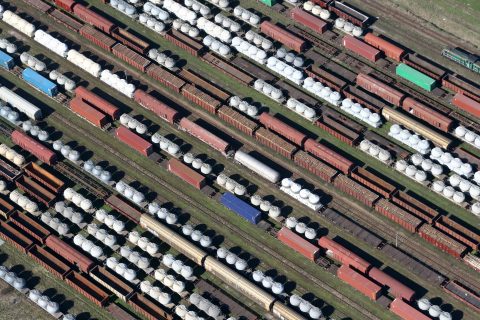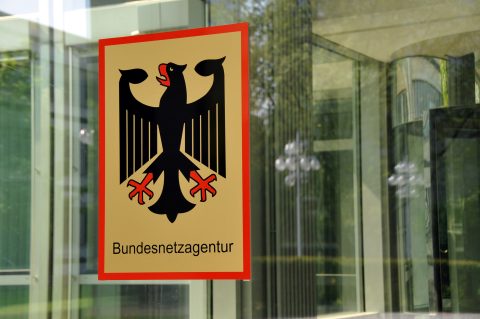Switzerland to partly finance new rail terminal in Milan

The Swiss Federal Office of Transport (FOT) will allocate over 67 million euros for the construction of a rail terminal east of Milan, in northern Italy. The new transshipment terminal will be built on a decommissioned area of Milano Smistamento, the main rail yard staging area in the city. The new facility will be equipped with two six-track bundles and six gantry cranes to handle 750-metre-long trains.
The terminal will be managed by Terminal AlpTransit, a joint venture launched by the Italian national railway holding, Ferrovie dello Stato Italiane (FS), and Swiss rail freight company Hupac. Construction of the terminal should be completed in 2026. Once it will be operative, estimates from the FOT show that 150,000 trucks will be removed from the road every year. The total investment for this project revolves around 108 million euros, thus Switzerland is funding over half of it. The idea of Switzerland funding this process emerged already in December and was confirmed on 13 April by the FOT.
Switzerland is investing in rail freight projects outside of its border
Switzerland, as the FOT mentioned already in May, has been keen on investing in rail freight initiatives outside of its borders if they are deemed useful for the country’s policy of shifting freight volumes on the rail. For example, the FOT mentioned that the Helvetic Confederation co-financed projects in Antwerp, in Belgium, and Duisburg and Singen, both in Germany. Regarding Italy, Switzerland has already contributed to upgrading projects for the Hupac terminals in Gallarate and Piacenza, both near Milan.
Moreover, FS and Hupac are collaborating for building a new terminal in Brescia, west of Milan. The total investment for this terminal will be 60 million euros. The facility will cover an area of 100,000 square metres. According to FS, the construction permit is expected to be unlocked by spring 2023, meaning that work should start in early 2024 and the terminal should be ready by 2026. The new terminal, which will be called La Piccola Velocità (The Small Speed), will be equipped with five rail tracks 750 metres in length each. There will also be five tracks for temporary stops, three support tracks, and three electric rail-mounted gantry cranes. Once completed, 11 weekly trains will travel to and from the terminal in Brescia.
Moreover, Switzerland has given its availability to partially fund new rail routes on the left bank of the Rhine river between Germany and France. Rising capacity bottlenecks along the main line of the Rhine-Alpine Corridor are in fact putting pressure on the industry to find alternative ways. Similar initiatives were suggested already in August by four Helvetic rail freight companies: Hupac, SBB Cargo International, VAP, and BLS Cargo. The parties involved pointed out that with relatively small investments, it would be possible to have 60 daily freight trains running through alternative routes on the river’s left bank in 10 years.
Also read:




